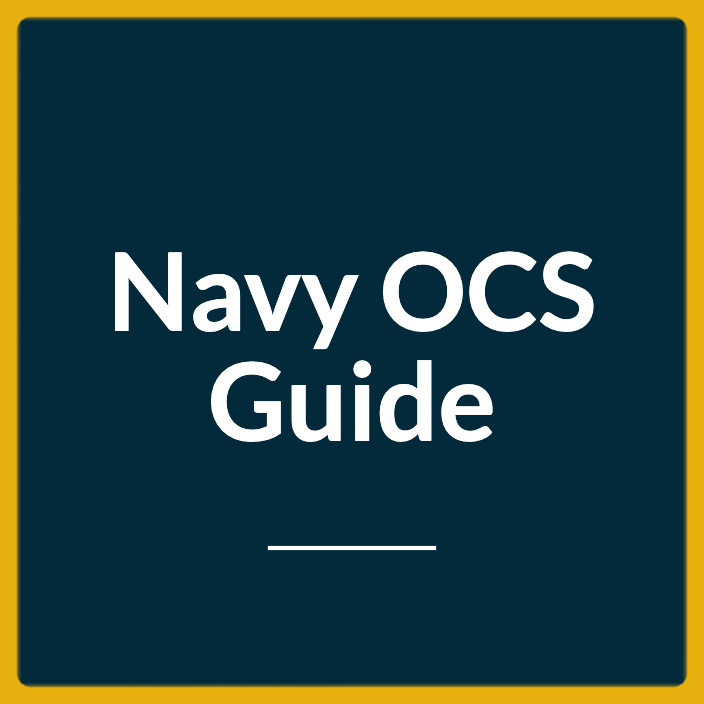The Navy runs on tradition. One of the big ones? The First Salute. It’s not just a formality—it’s a moment loaded with meaning for new officers.
This tradition isn’t just about respect. It marks the jump from civilian to military life. A line crossed. A shift in identity. The Navy is built on rituals like this, each one reinforcing discipline, history, and purpose.
From the second an officer is commissioned, their world changes. The First Salute is one of the first real markers of that change.
It’s a gesture that carries weight, one that ties them to those who helped get them there. Instructors, mentors, even family. A moment of gratitude, wrapped in military precision.
This isn’t just another salute. It’s the first one that really matters.
What is the Navy Officer’s First Salute?
The Navy is an institution steeped in traditions, each with its unique significance and history. These traditions form the backbone of the Navy’s culture, bonding sailors across ranks and generations.
One such tradition that stands out, especially for those entering as officers, is the Navy Officer’s First Salute.
The Tradition Unveiled
A newly commissioned Navy officer’s First Salute isn’t just a sign of respect—it’s a tradition with deep roots. An enlisted member offers the first salute, and the officer responds with more than just words. They hand over a silver dollar.
This “silver dollar salute” isn’t random. It’s a nod to history, a tradition going back to the 18th century when saluting wasn’t just protocol—it was a statement. Officers held authority, and enlisted personnel showed their recognition with a simple but powerful gesture: a raised hand, a salute.
That tradition still stands. Even now, lower ranks honor newly commissioned officers this way. It’s more than ceremony. It’s a moment that ties past to present, respect to rank.
Why It’s Important
The First Salute isn’t merely a ceremonial gesture; it’s a monumental moment that holds weight for both the officer and the enlisted sailor involved.
For the officer, this salute represents the first of many they will receive in their naval career, acting as an unspoken contract that comes with responsibilities and the expectation of competent leadership.
It serves as a humbling reminder that while they may command; it is the enlisted sailors who execute, making mutual respect essential.
For the enlisted sailor, the First Salute is a sign of recognition and appreciation for their loyalty and service.
It symbolizes respect and acceptance, as the officer acknowledges the sailor as part of their command and an invaluable asset to their team.
It also communicates that the officer is open to feedback and willing to listen to suggestions about how to improve the mission.
In short, The First Salute is a powerful and meaningful moment for both the officer and the enlisted sailor.
Historical Roots
The history of the First Salute can be traced back to British naval tradition. Over time, it evolved and became embedded in the U.S. Navy ethos after the establishment of the Continental Navy in 1775.
The addition of the silver coins is uniquely American and steeped in symbolism, often representing the tangible commitment the officer makes to their sailors and duties.
The First Salute is a traditional naval ceremony in which a newly commissioned officer is welcomed aboard their first command with a salute.
This military tradition dates back to the days of the British Royal Navy, when it was customary for ships to fire their cannons as a sign of respect when another vessel entered their presence.
This salute was given by what was known as the “First Muster” of the ship’s crew.
Who Participates?
The Newly Commissioned Officer
For the individual stepping into the role of an officer, the First Salute signifies more than a new job title; it marks the beginning of a journey as a leader.
This rite of passage is often a life-altering moment that comes with not only prestige but also a significant set of responsibilities.
The ceremony is only available to those who reach the rank of ensign or higher, and it honors those who have earned the respect and admiration of their peers.
The Enlisted Sailor
The enlisted sailor offering the First Salute is usually someone significant to the new officer. It could be a mentor who has guided them, a colleague they’ve served with, or even a family member who is already part of the naval service.
The choice often reflects the personal sentiments and respect the officer holds for this enlisted sailor.
The Silver Dollar Salute
The silver dollar salute is a naval tradition in which a newly commissioned naval officer presents a silver dollar to the enlisted sailor offering them their first salute.
This is usually done after the officer has received their commissioning certificate.
Origin of the Silver Dollar
The silver dollar holds a historic legacy in the U.S. military. While some attribute it to the British custom of purchasing one’s commission, in the American context, it symbolizes the selfless commitment and responsibility officers undertake.
How to Choose the Silver Dollar
Choosing the silver dollar for the salute is often a heartfelt decision. Some officers opt for a plain dollar coin minted in the year they were commissioned as a hallmark of their initiation.
Others may select a coin passed down from previous generations, making this military tradition even more poignant.
The Presentation
During the ceremony, following the First Salute, the officer places the silver dollar into the open palm of the enlisted member.
The act is done gracefully, almost ritually, reinforcing the idea that this isn’t merely a transaction but a meaningful exchange of trust and mutual respect.
Preparing for Your First Salute
Research and Understand
Before participating in the First Salute ceremony, it’s imperative to comprehend its history and significance fully.
Doing your homework not only honors the tradition but also allows you to approach it with the respect and gravity it deserves.
Choose Wisely
The enlisted sailor you select for your First Salute shouldn’t be an afterthought; it should be a deliberate decision.
Your choice sets the stage for your future interactions with enlisted personnel, making it essential to choose someone whose qualities you respect and admire.
Practice Makes Perfect
Even the simplest ceremonies can be nerve-wracking, especially when they’re as monumental as your First Salute.
Rehearsing the procedure ensures that you handle this seminal moment with the dignity and decorum it merits.
FAQs
How Does the Navy’s First Salute Differ From Other Branches?
Though the military branches share similar salute traditions, each has its own nuances. The United States Navy, for example, often integrates maritime symbols and traditions that make its First Salute distinct from, say, the Army or Air Force.
Multiple Newly Commissioned Officers: What Happens?
When there are multiple officers being commissioned simultaneously, each one usually receives their First Salute individually.
This can happen sequentially during a single ceremony or in separate events, depending on the preference of the officers and the format of the commissioning ceremony.
Is the Silver Dollar a Mandatory Aspect?
While the First Salute is widely practiced, the silver dollar exchange is not strictly mandated. However, it is a widely cherished part of the tradition, symbolizing the officer’s commitment to their duties and the enlisted personnel they’ll serve with.
It’s Your First
The First Salute isn’t just tradition—it’s a milestone. A newly commissioned officer’s first real step into leadership. A signal that the journey has shifted, that the weight of responsibility has arrived.
It’s not just about following protocol. It reflects everything the Navy values—respect, trust, and the teamwork that keeps the fleet moving. This moment isn’t routine. It’s a message.
If you’re about to experience your First Salute, or just want to understand it, keep this in mind: it sets the tone. It shapes the way you lead and the way you’re seen. So handle it with the respect it deserves.

